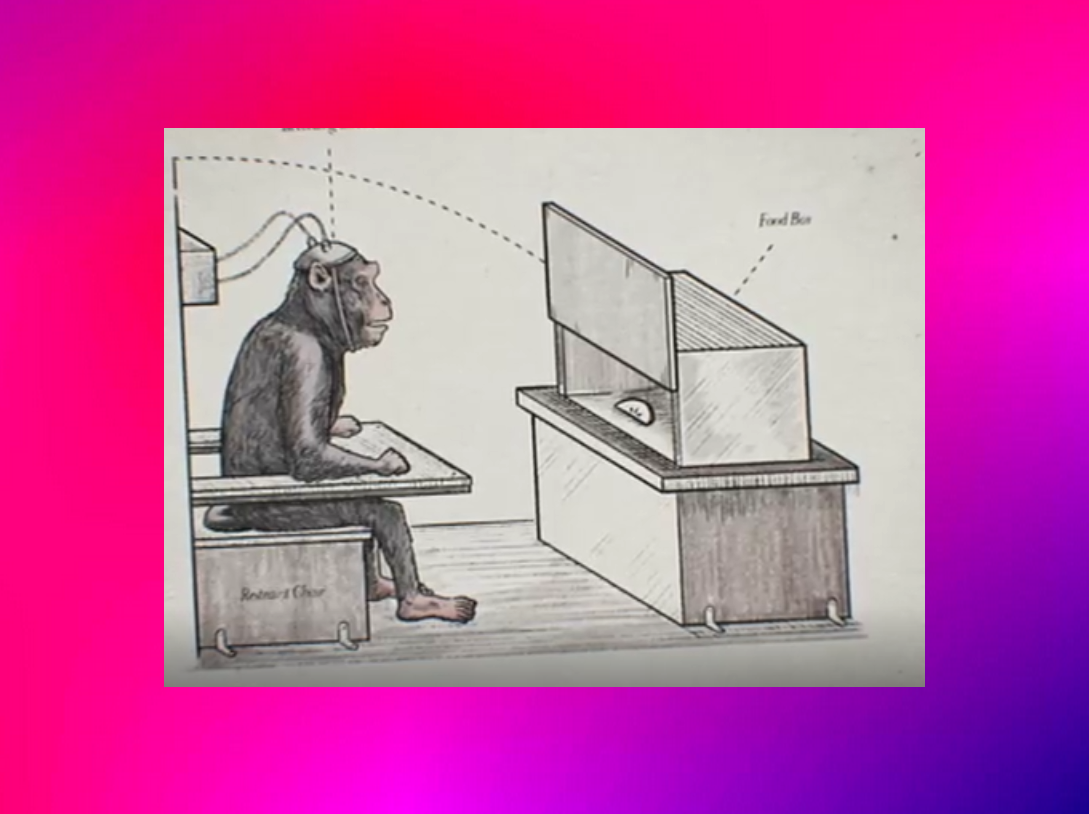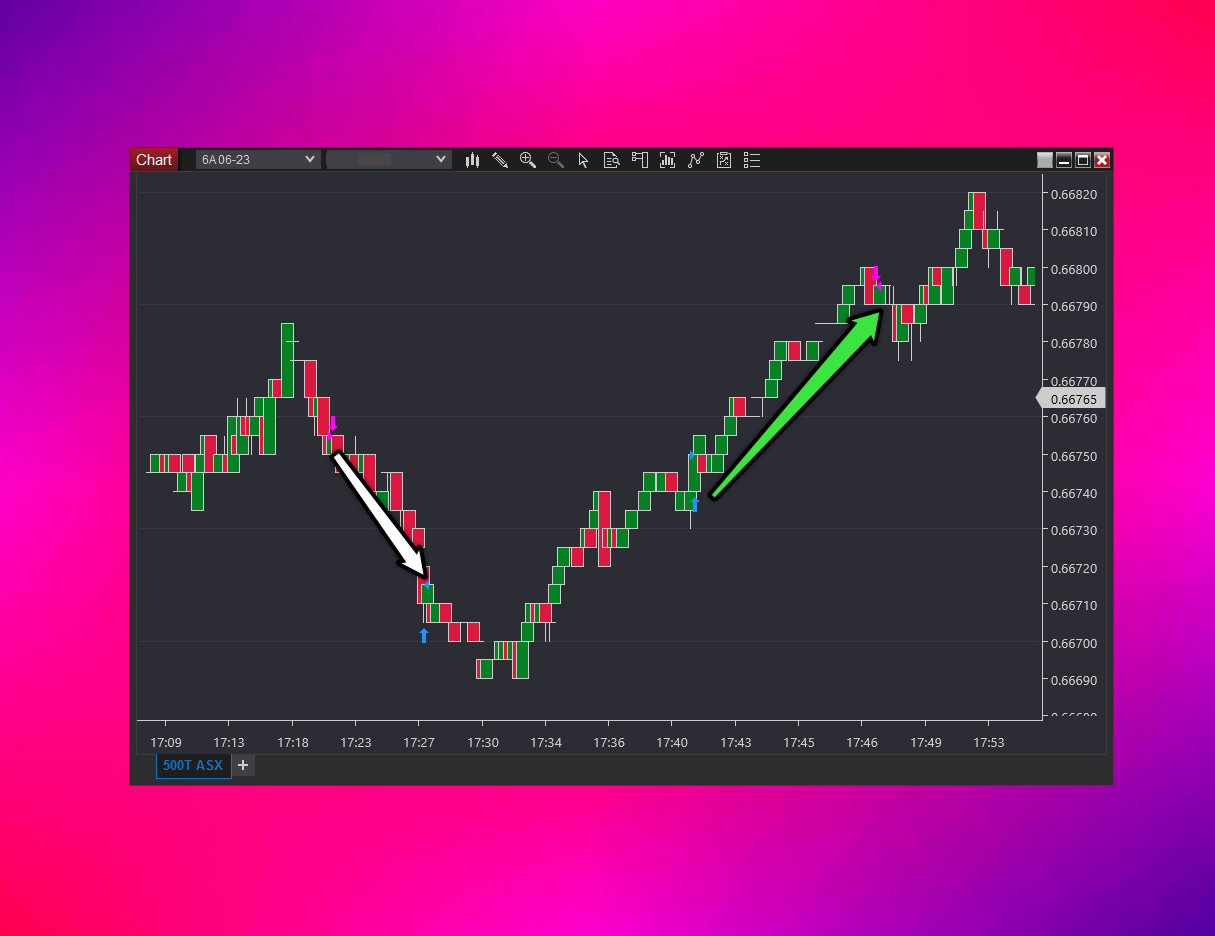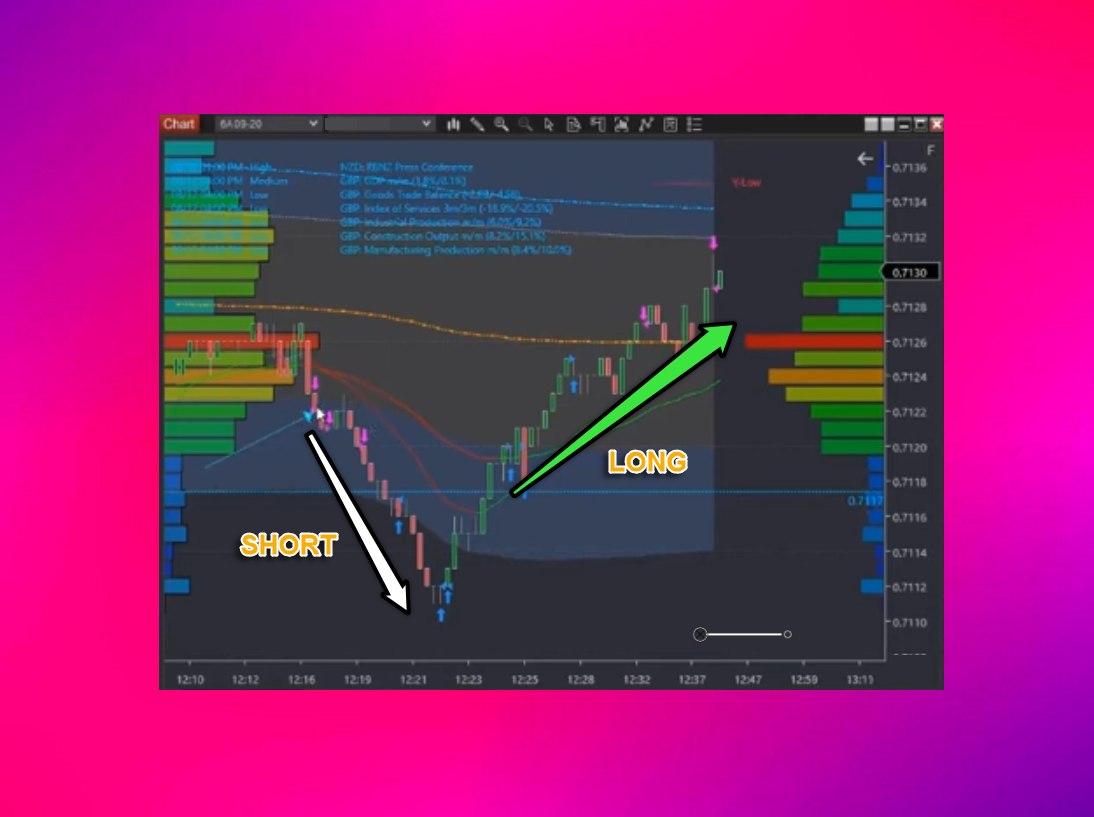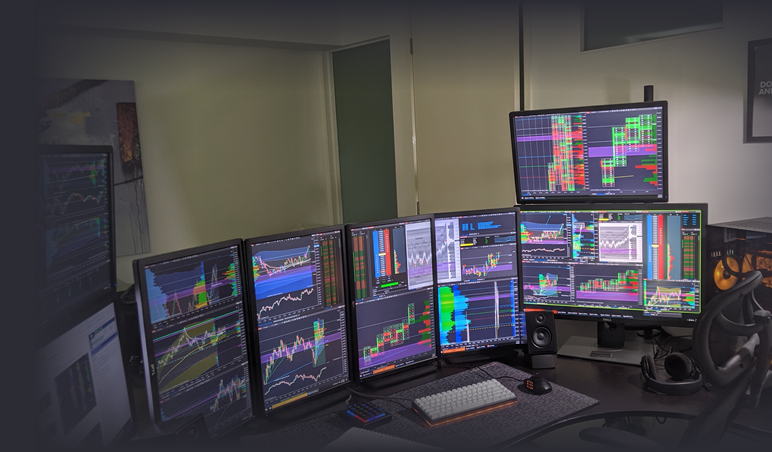Know the feeling?
- You enter a trade and feel your heart racing as you watch the price move underwater.
- You've made a mistake and have no choice but to crystalize a loss.
- Suddenly price moves as you'd planned. You jump back in with a feeling of excitement and relief. You'll make that loss back and some in a minute.
- But price moves against you for a second time and it's another loss.
You're feeling drained and frustrated. Agree?
In a minute you're going to learn:
- Why it happens.
- How you avoid it.
- And how you monetise it.
There's a part of your brain that can overpower rational thinking, logic and even the will to live
Psychologists James Olds and Peter Milner inserted an electrode into a region of a rat's brain, later called the pleasure centre.
The rat could self-administer an electrical current to the region by pressing a lever. The sensation was so pleasurable the rat endured pain of an electrified grid to get its charge.
The rat ignored food and drink and kept pressing the lever until it died of exhaustion.
The scientific name for the pleasure centre is nucleus accumbens.
When stimulated, it releases the feel-good chemical dopamine, responsible for energy, motivation and drive. But it's the timing of its release that will intrigue you.
Surprise anticipation of a reward triggers the release of dopamine
In the early 90's, Wolfram Schultz, (Professor of Neuroscience at Cambridge University), and his team had a revelation.
To an unexpecting monkey, revealing a piece of apple sent the monkey's neurons wild. The feel-good chemical dopamine was signalling a reward to the brain.
But the dopamine neurons stopped firing when the monkey realised the treat was on its way. The key to dopamine release is surprise.
A conflict occurs when you trade. It's your innate human tendency to find a pattern amongst the randomness of market behaviour. And in the struggle to predict when a reward will occur your dopamine neurons' level of activity increases.
Ever wondered why you took a trade for seemingly no reason? It turns out that stimulating your dopamine neurons is the root cause. You'll see why in a minute.
The MRI allowed us to see dopamine in action
In the first experiment, Dr Hans Breiter of Northwestern University and his team administered cocaine to a cocaine addict.
Where you see red and a dot of yellow - that's right on the nucleus accumbens - these colours represent the turning on of your reward system.
But you'll find it fascinating the release of dopamine - your core reward system in action - occurs in anticipation of receiving the cocaine.
What other things besides drugs turn on this system?
The next experiment involved subjects playing games of monetary reward. None of Breiter's team predicted cocaine addicts anticipating a cocaine infusion looked exactly like healthy control subjects anticipating a monetary win.
Anticipation is fundamental to your experience of reward
When you trade, you repeat going through an experience of anticipation.
Like the rat, each trade is a jolt in electricity from your reward system.
This is all important because...
In his 1987 letter to shareholders, Warren Buffett said: "If you've been in the [poker] game 30 minutes and you don't know who the patsy is, you're the patsy."
Every day the cocktail of looking for patterns, reward anticipation and the associated neurochemicals gets expressed by people buying and selling without knowing what's driving their actions.
Skilled traders know this and profit from it
Each trade sequence below consisted of a hypothesis for a long trade opportunity.
And whether it was yesterday:
Or the day before:
Or even three years ago:
It occurs very frequently
But the bars on the charts don't tell you who the traders are buying or selling or what motivates them to do so. Correct?
So how can you tell?
First:
If we use driving a car as an analogy - it's quite a few reps before driving your car became unconscious. You know - like when you're suddenly shaken realising you can't recall the last 12 minutes of your journey because you were completely on autopilot - right?
This is why honing in on one playbook trade at a time is so important.
You see:
When you focus all your time on one playbook trade instead of a whole bunch of trades at once - that trade becomes unconscious much faster.
And once you're no longer preoccupied with processing the mechanics of the trade - your full suite of cognitive functions can pay attention to:
- Watching for all the pieces of your playbook trade to fit permitting you to take the trade.
- Simultaneously noticing all of the pattern-based mumbo jumbo your mind innately produces that's behind the voice that says "enter."
- Using your playbook trade as your defence against this voice (not a playbook trade? Can't enter)
- And noticing all of the traders unaware of how they are succumbing to entering into what will be a losing trade.
Second:
Ever been to an art gallery?
When you visit an art gallery, you'll see someone sit and stare at a painting for 20 minutes. What are they looking at?
They're looking at what you can only see if you are a painting aficionado. Right? And trading's the same.
Below is my trading station.
Guess what?
Almost every window is data for the same instrument. I'm looking at many different layers of the same onion. Makes sense?
Oh man that seems daunting
For all of the trades above I simultaneously walked a small group of traders through what the other traders in the market were thinking, what actions they would take, and how to trade amongst them. With sufficient immersion, they moved quickly to replicating the same concepts.
So it's possible to have someone show you how to do this in a way that enables you to get on top of it in a tight time frame if that's what you want to do.
Want more?
See events you can back in to trade in this webinar.
Forex and derivatives trading is a highly competitive and often extremely fast-paced environment. It only rewards individuals who attain the required level of skill and expertise to compete. Past performance is not indicative of future results. There is a substantial risk of loss to unskilled and inexperienced players. The high degree of leverage can work against you as well as for you. Before deciding to trade any such leveraged products you should carefully consider your investment objectives, level of experience, and risk appetite. The possibility exists that you could sustain a loss of some or all of your initial investment and therefore you should not invest money that you cannot afford to lose. You should be aware of all the risks associated with trading on margin, and seek advice from an independent
Editors’ Picks

EUR/USD holds above 1.0800 after German inflation data
EUR/USD struggles to gain traction and trades in a narrow channel above 1.0800 on Monday as the risk-averse market environment helps the US Dollar stay resilient against its rivals. Meanwhile, the data from Germany showed that the annual CPI inflation declined to 2.2% in March, as expected.

Gold sits at record highs above $3,100 amid tariff woes
Gold price holds its record-setting rally toward $3,150 in the second half of the day on Monday. The bullion continues to capitalize on safe-haven flows amid intensifying global tariff war fears. US economic concerns weigh on US Treasury bond yields, allowing XAU/USD to push higher.
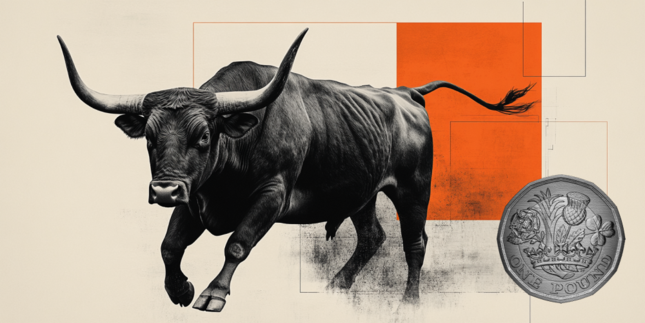
GBP/USD stays in range near 1.2950 as mood sours
GBP/USD fluctuates in a narrow channel at around 1.2950 at the beginning of the new week. Growing concerns over US President Donald Trump's tariffs igniting inflation and dampen economic growth weigh on risk mood and don't allow the pair to gain traction.

Seven Fundamentals for the Week: “Liberation Day” tariffs and Nonfarm Payrolls to rock markets Premium
United States President Donald Trump is set to announce tariffs in the middle of the week; but reports, rumors, and counter-measures will likely dominate the headline. It is also a busy week on the economic data front, with a full buildup to the Nonfarm Payrolls (NFP) data for March.

US: Trump's 'Liberation day' – What to expect?
Trump has so far enacted tariff changes that have lifted the trade-weighted average tariff rate on all US imports by around 5.5-6.0%-points. While re-rerouting of trade will decrease the effectiveness of tariffs over time, the current level is already close to the highest since the second world war.
RECOMMENDED LESSONS
Making money in forex is easy if you know how the bankers trade!
Discover how to make money in forex is easy if you know how the bankers trade!
5 Forex News Events You Need To Know
In the fast moving world of currency markets, it is extremely important for new traders to know the list of important forex news...
Top 10 Chart Patterns Every Trader Should Know
Chart patterns are one of the most effective trading tools for a trader. They are pure price-action, and form on the basis of underlying buying and...
7 Ways to Avoid Forex Scams
The forex industry is recently seeing more and more scams. Here are 7 ways to avoid losing your money in such scams: Forex scams are becoming frequent. Michael Greenberg reports on luxurious expenses, including a submarine bought from the money taken from forex traders. Here’s another report of a forex fraud. So, how can we avoid falling in such forex scams?
What Are the 10 Fatal Mistakes Traders Make
Trading is exciting. Trading is hard. Trading is extremely hard. Some say that it takes more than 10,000 hours to master. Others believe that trading is the way to quick riches. They might be both wrong. What is important to know that no matter how experienced you are, mistakes will be part of the trading process.

The Best brokers to trade EUR/USD
SPONSORED Discover the top brokers for trading EUR/USD in 2025. Our list features brokers with competitive spreads, fast execution, and powerful platforms. Whether you're a beginner or an expert, find the right partner to navigate the dynamic Forex market.

